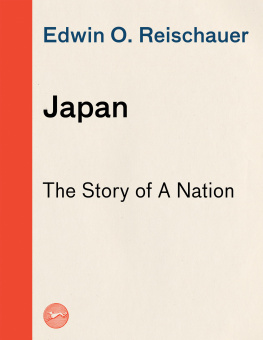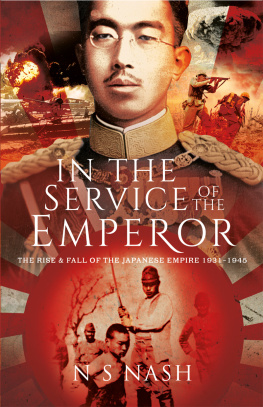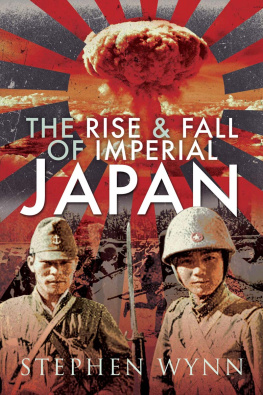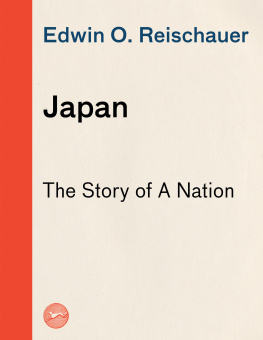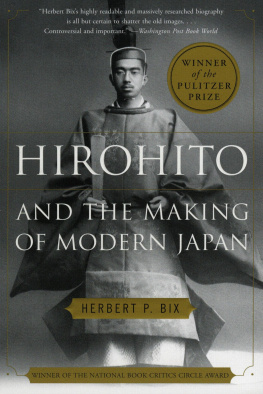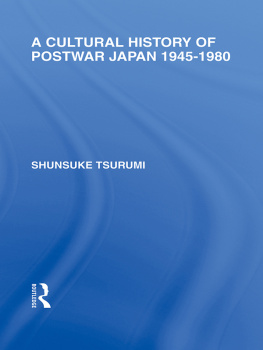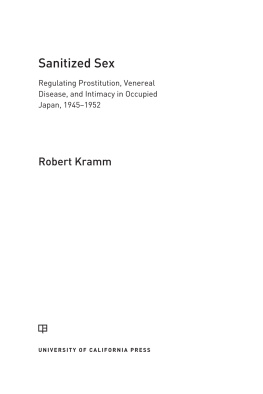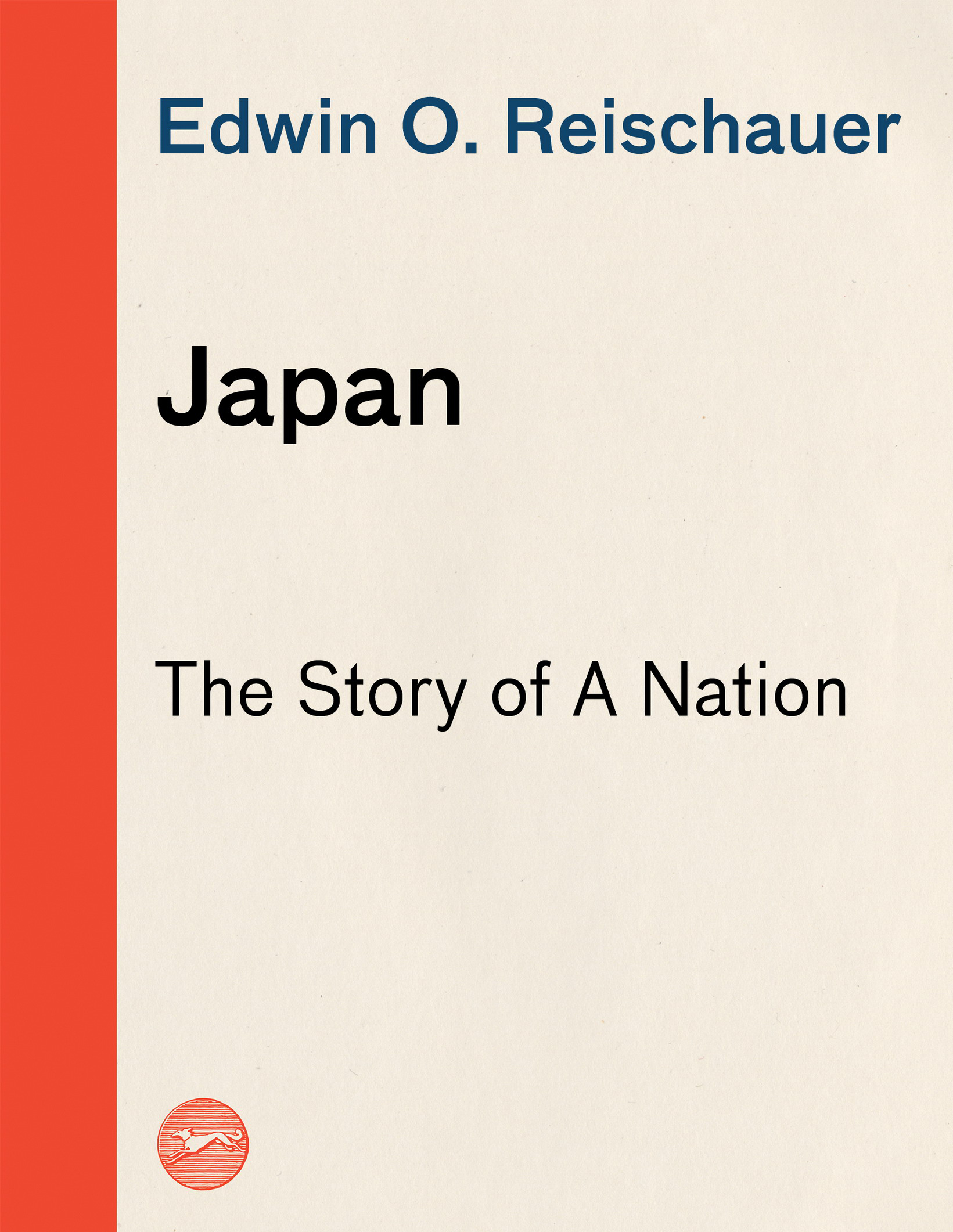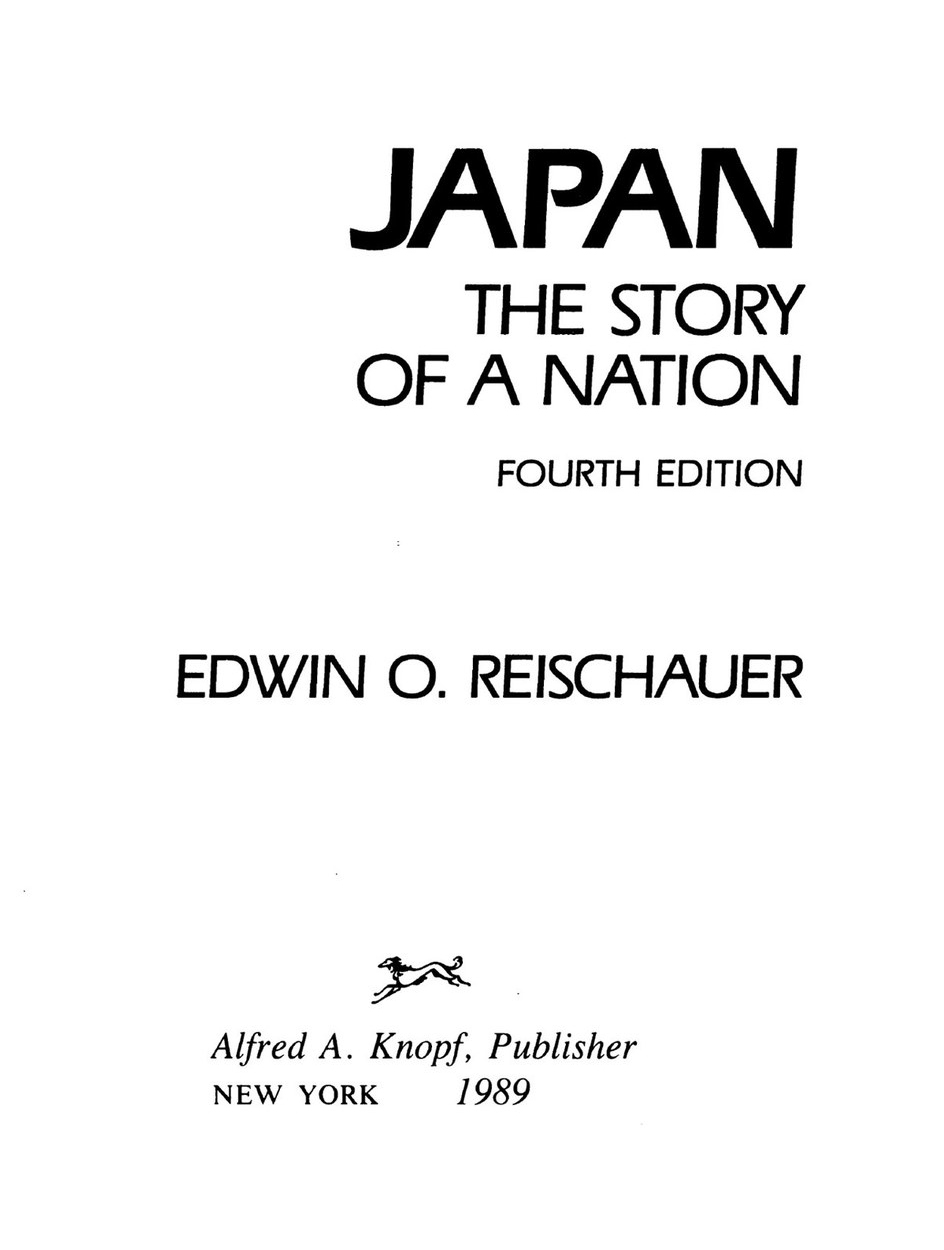Edwin O. Reischauer came to Harvard as a University Professor in September 1966 after serving with distinction as U.S. Ambassador to Japan from 1961 to 1966. That diplomatic post was the culmination of long experience and study in East Asia. Born in Tokyo in 1910, he lived in Japan until 1927. He received his A.B. degree from Oberlin College in 1931 and his Ph.D. from Harvard in 1939. In the interval he studied at the Universities of Paris, Tokyo, and Kyoto, as well as in Korea and China. He became an instructor at Harvard in 1939, an associate professor in 1945, and professor of Japanese history in 1950. During World War II he served in the Military Intelligence Service of the War Department General Staff. From 1955 to 1956 he was president of the Association for Asian Studies. He was director of the Harvard-Yenching Institute from 1956 to 1961 and served as chairman of its Board of Trustees from 1970 to 1983. Among his books are The United States and Japan; Wanted: An Asian Policy; Ennins Travels in Tang China; East Asia: Tradition and Transformation (with J. K. Fairbank and A.M. Craig); Beyond Vietnam: The United States and Asia; Toward the 21st Century: Education for a Changing World; The Japanese; My Life Between Japan and America; and The Japanese Today: Change and Continuity.
PREFACE
This book on the history of Japan has acquired quite a history itself. It had its inception in a series of four or five hours of lectures which I, as a lieutenant-colonel in the United States Army, occasionally gave to officer candidates in the army intelligence training program conducted in the Pentagon Building in Washington during World War II. It occurred to me that, if I could present a reasonably useful picture of Japanese history orally in four or five hours, I should be able to do the same in brief written form. This I undertook to do during the few weeks following the Japanese surrender in August 1945, when my intelligence activities suddenly lost their meaning and while I was waiting for a special release from the army in order to join the Department of State for policy planning work on Japan and Korea. I wrote virtually without reference to books, believing that the forgetting of minor details about Japanese history during my years of war service would help make the essentials stand out in my mind all the more clearly.
The result was a very thin, small volume entitled Japan: Past and Present. As the years passed, however, Japan changed rapidly, and the present became quite different from Japan at the time of the surrender. There was clearly a need to bring the book up to date. Lengthening perspective on the war and prewar years also kept showing Japan in new lights, and I had learned more about the whole of Japanese history. As a consequence, I started on a long series of revisions and extensions of the original work.
Japan: Past and Present appeared in revised and expanded editions in 1952 and 1964, the second written while I was recuperating in a hospital in Hawaii from an almost fatal stabbing I experienced while serving as the American ambassador to Japan. When I wrote still another updated and expanded revision in 1970, I made such extensive alterations throughout the book that I changed its title to Japan: The Story of a Nation. This I brought up to date again in revised editions in 1974 and 1981. In the 1981 revision I made the greatest changes of all, rewriting practically the whole of the book. Since 1981 the rate of change in Japan has slowed considerably while the attitude of the outside world toward Japan has changed enormously and at remarkable speed. This has necessitated in the present edition an extensive rewriting of large parts of the book as well as an addition of almost a decade of new materials.
To attempt to thank all those who have given me aid in the many editions of this book or the host of scholars on whose work I have drawn would be quite impossible. I shall limit myself to mentioning two people who have been particularly helpful in this latest revision. They are Professor Albert Craig, who has given me several very useful suggestions, and Ms. Ellie Rutledge, who bore the brunt of typing the manuscript and checking points of detail.
Edwin O. Reischauer
PART ONE
TRADITIONAL JAPAN
LAND AND PEOPLE
Japan has long had one of the worlds most distinctive and sophisticated cultures, and today it is an economic giantthe second or third largest in the world, standing at or near the forefront of many of the great advances of human civilization. This record is all the more remarkable when one considers Japans smallness in size and population as compared to the United States, Soviet Union, China, and India. Japan was all but ignored by the world at large only a century and a half ago. Thus the amazing story of its rise to its current prominence must be attributed largely to the Japanese people themselves.
Japan is not as large as France or even the single American state of California, though it is only fair to point out that it is larger than either Italy or the British Isles, the homes of the two greatest empires the Western world has ever seen. It is extremely mountainous, rising to the beautiful volcanic cone of Mt. Fuji, 12,389 feet high. Less than a fifth of its not particularly fertile terrain is level enough for cultivation. Thus it is much smaller in usable land than it appears on the map, and it is not blessed with many mineral resources either. Today it is dependent on foreign imports for more than 90 percent of its energy resources, mostly in the form of oil, almost all its minerals, and much of its food.

